Further Afield in Gyeongju
We’d spent the first of our two day trip to Gyeongju within the city confines, and dedicated the second day to sights further afield. After a breakfast of questionable nutritious value at Dunkin’ Donuts, we hopped on the bus that would take us to the sea.
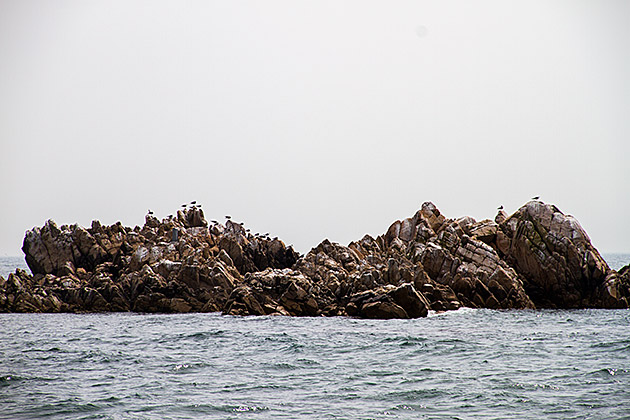
The Underwater Tomb of King Munmu had such an evocative ring to it, that we put it on our itinerary without bothering to do any research. How could something called The Underwater Tomb of King Munmu be anything other than fascinating? The bus ride to the coast took well over an hour, and deposited us on Bonggil Beach. There were a couple restaurants, some watermelons left on the sand, a group of large stones protruding out of the ocean, and a few people camping nearby.
We asked the campers where we could find the tomb, and they pointed at the rocks in the water. The King had apparently asked for his ashes to be scattered there, so that he might one day arise as a dragon to protect Korea.
After waiting nearly an hour for the bus to return, we made our way to Bulguksa Temple, which is possibly the most important Buddhist temple in the entire country and definitely among the most beautiful. Seven of Korea’s official National Treasures are found here, including a pair of stone pagodas which date from the temple’s original construction in the 8th century. It’s a large complex with a perfect setting in the forested hills east of Gyeongju, and extremely popular with Korean tourists.
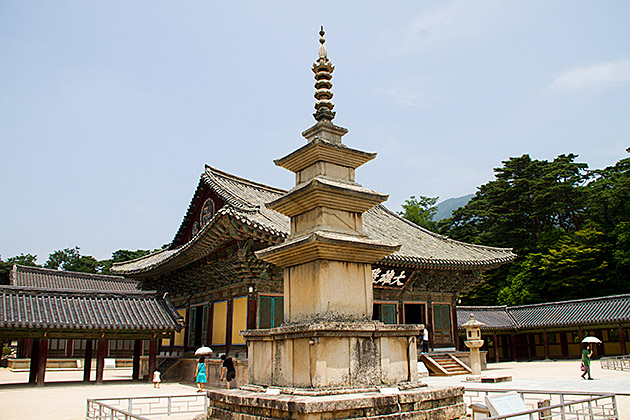
We spent a long time exploring the grounds at Bulguksa and, on finishing, found ourselves presented with a dilemma. Should we do the two-hour round-trip hike to the Seokguram Grotto, or return to Gyeongju and visit the National Museum. There was only enough time for one, so we wussed out and chose the museum. This has enraged the Korean friends we’ve told, as most rank Seokguram “unmissable”, but Jürgen’s ankle was still healing. And we were tired from the trip. And… and… and… excuses are easy to find when you’re trying to avoid physical activity.
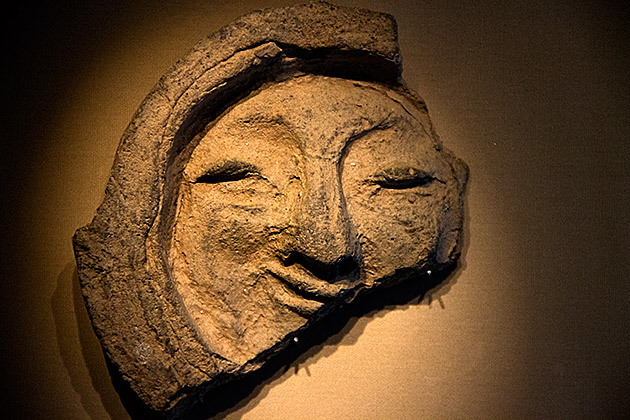
And anyway, we were happy with our choice. The Gyeongju National Museum was fascinating. Dedicated to the Silla Kingdom, whose ruins we’d just spent two days exploring, this was a fitting final chapter for our trip to the former capital. Split up into five different halls concentrating on ancient architecture, art, and recovered artifacts, you could easily spend a couple hours here.
Locations on our Map: Tomb of King Munmu | Bulguksa Temple | Gyeongju National Museum
More Pictures from the Underwater Tomb of King Munmu
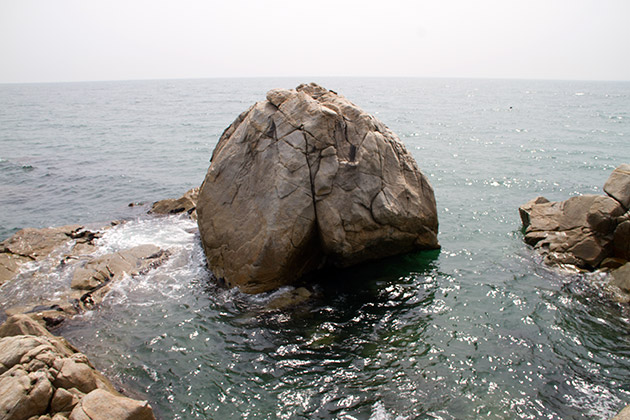
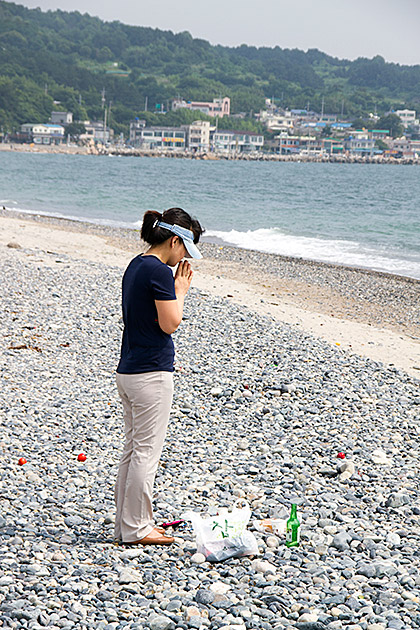
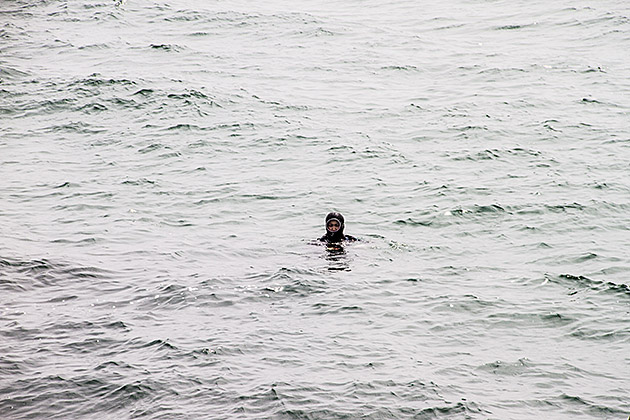
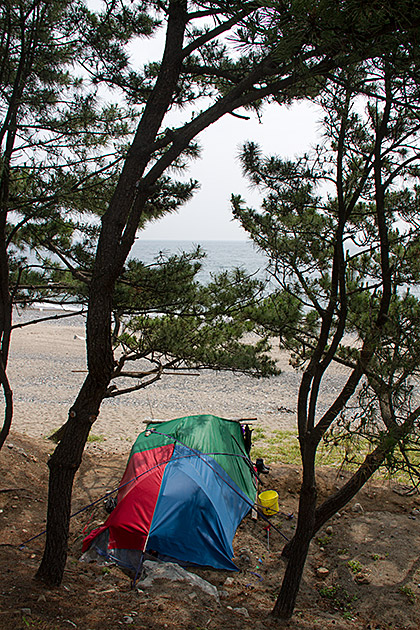

More Pictures from the Bulguksa Temple
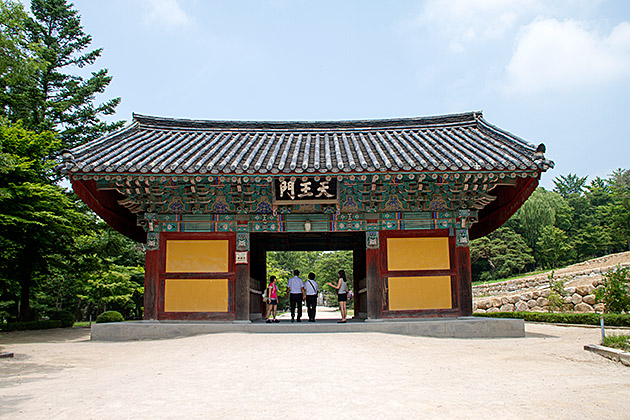
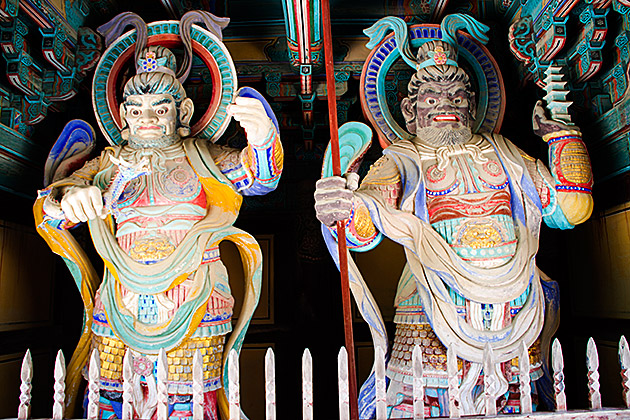
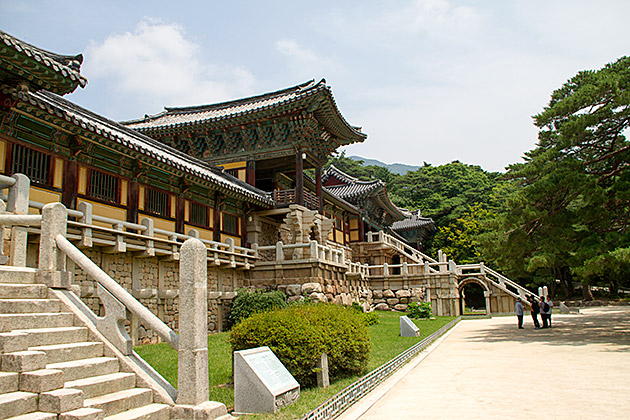
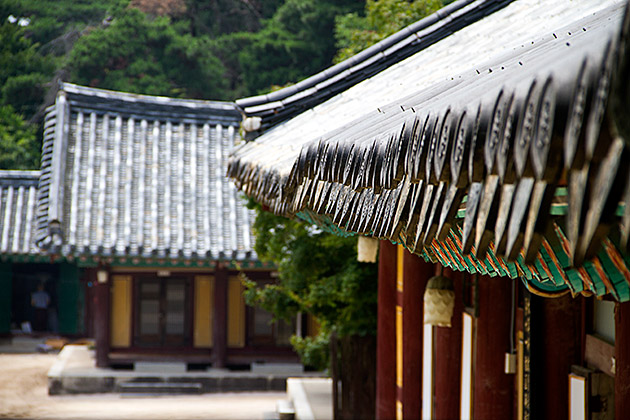
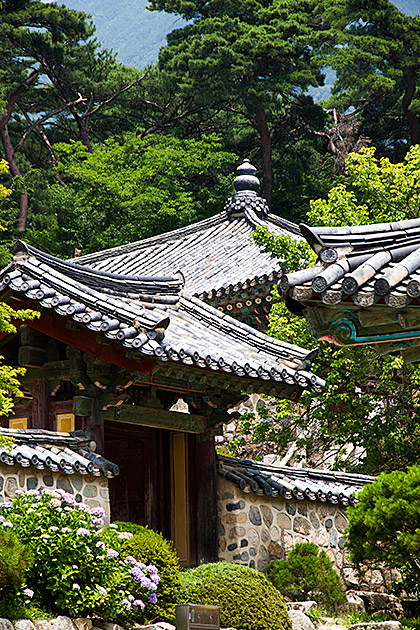
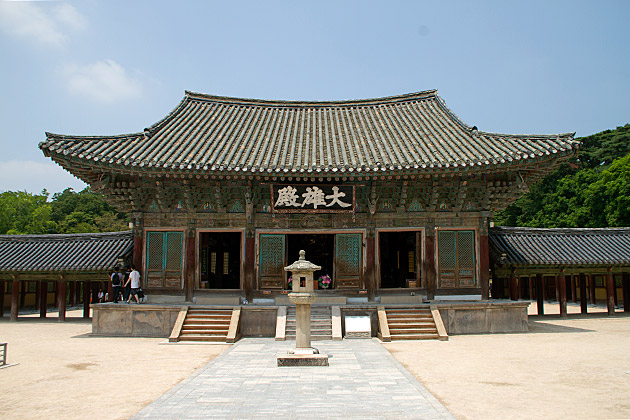
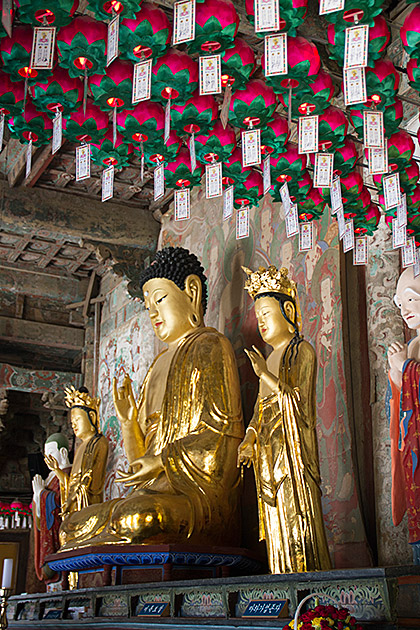
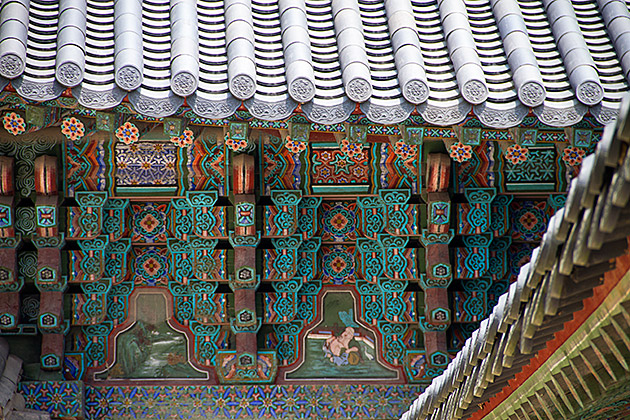
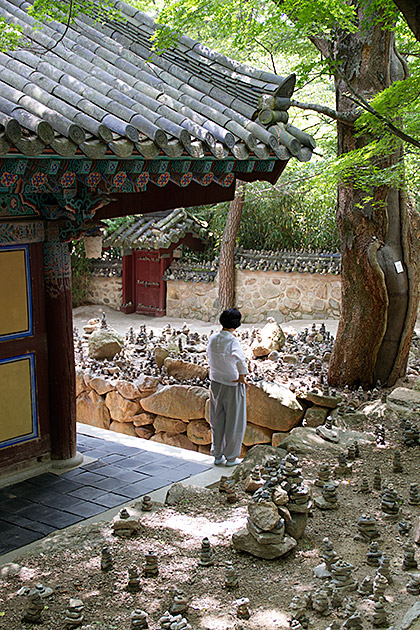

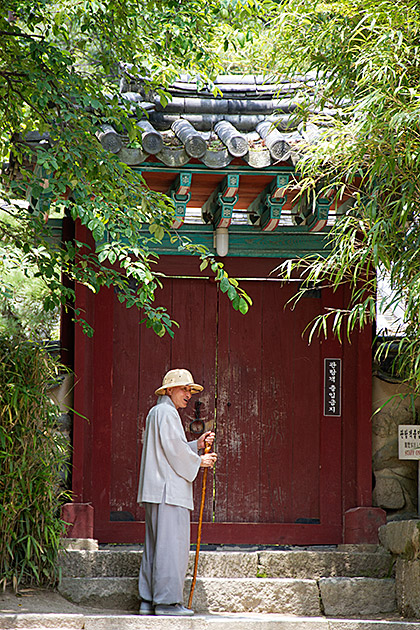
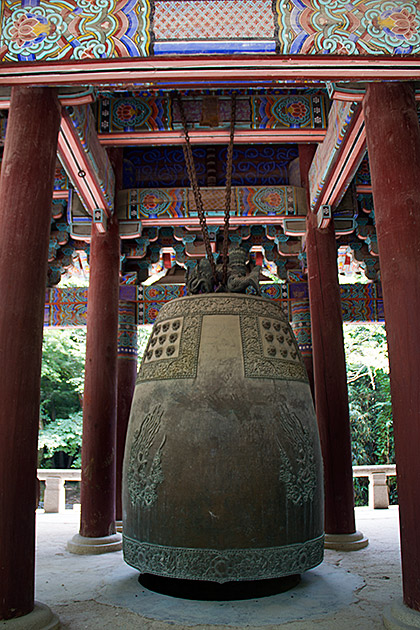
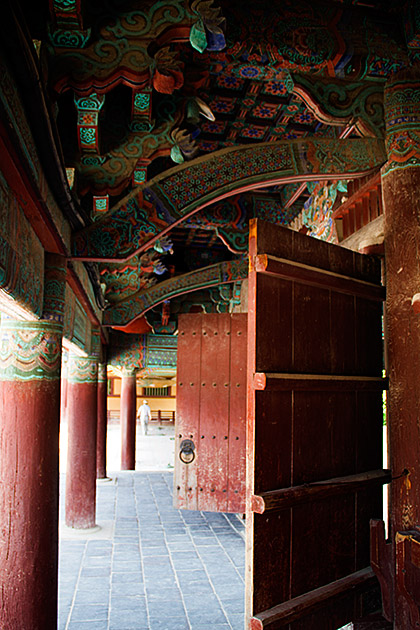
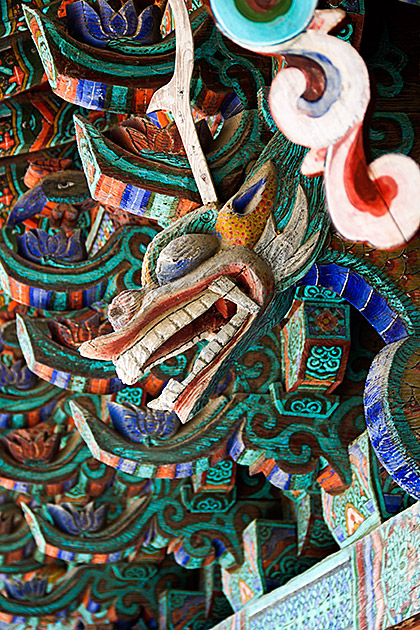
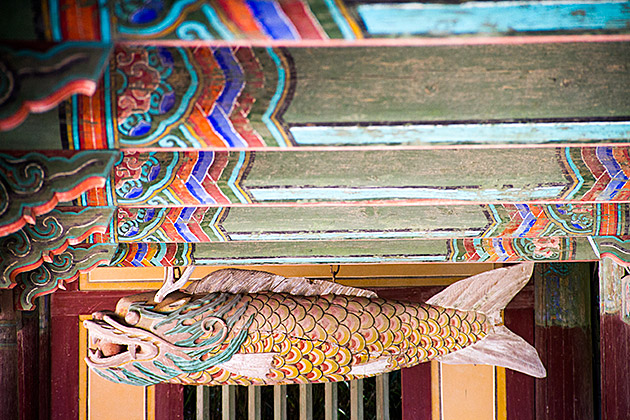
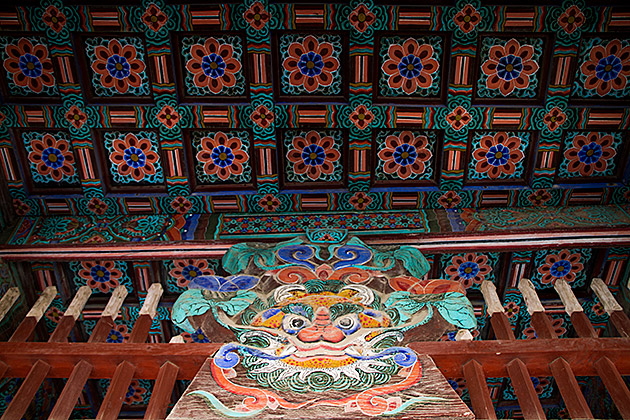
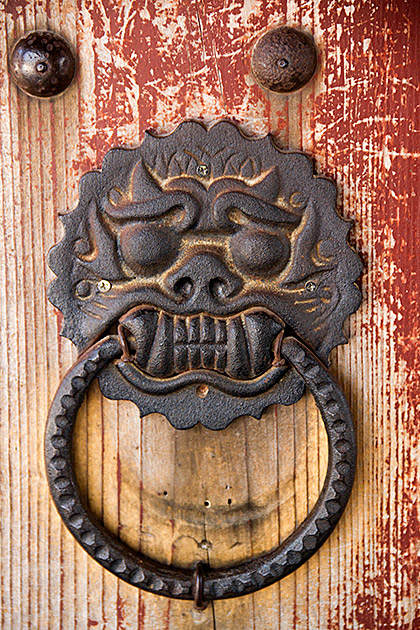
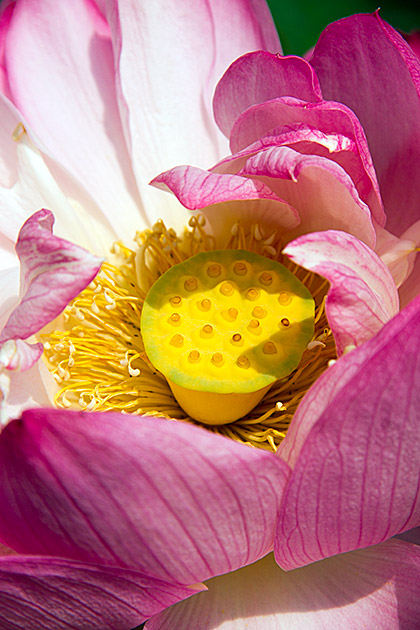
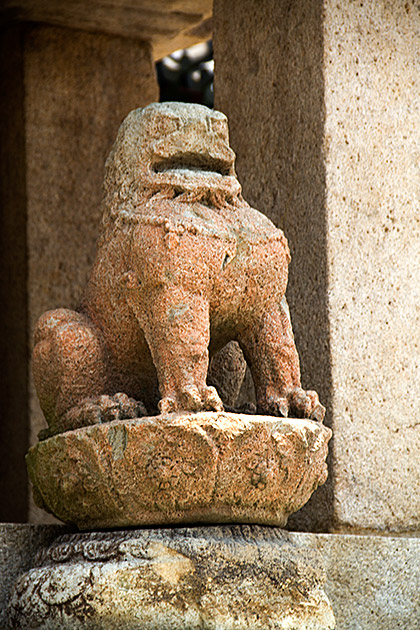
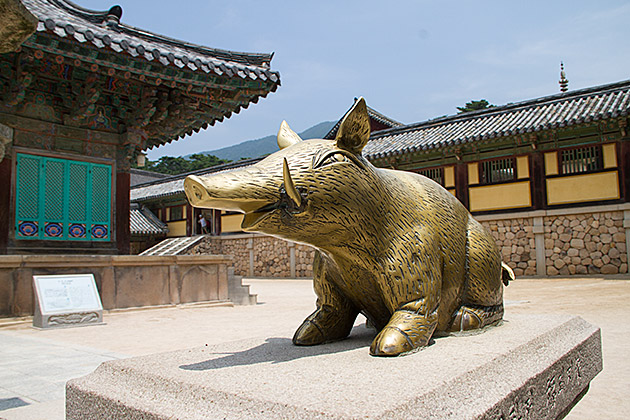
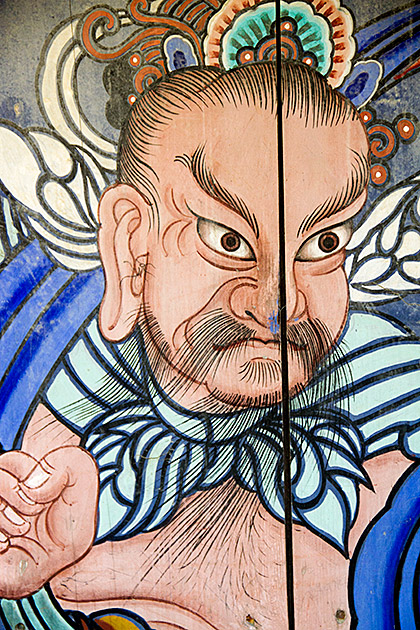

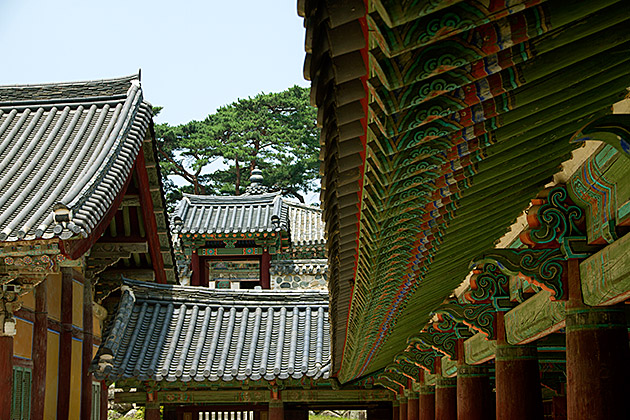
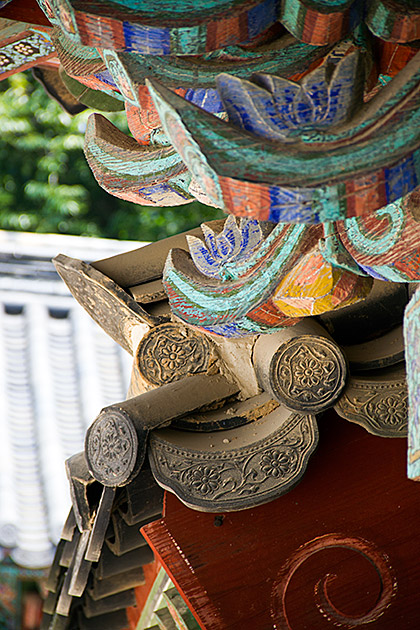
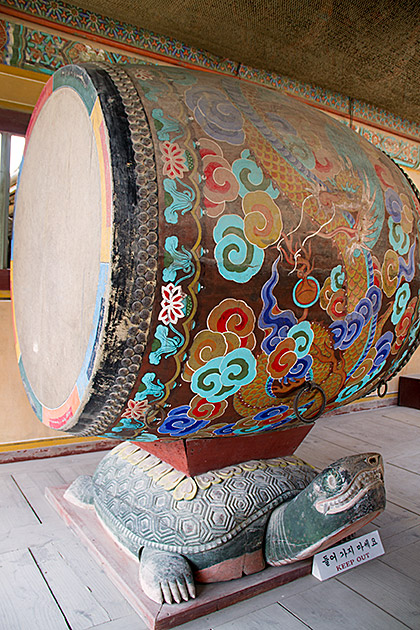
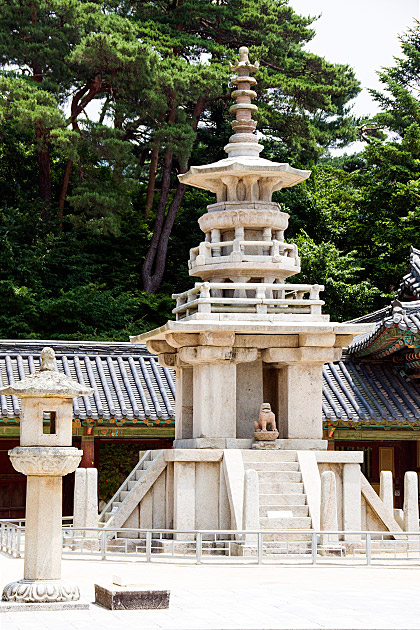

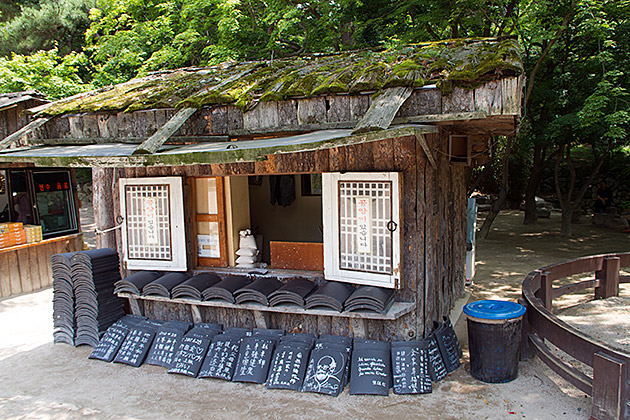

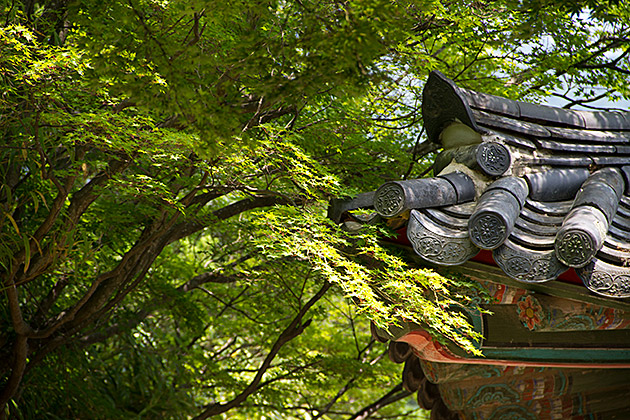
More Pictures from the Gyeongju National Museum
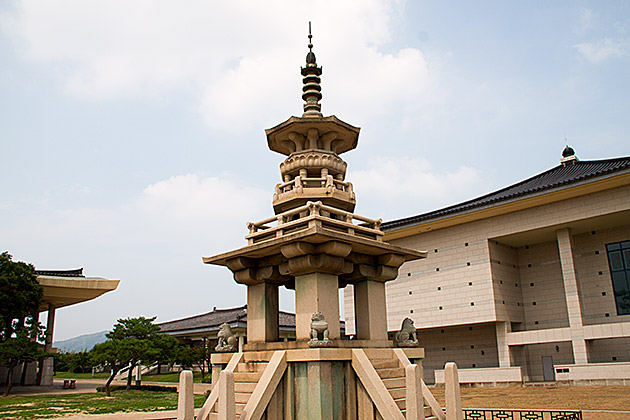
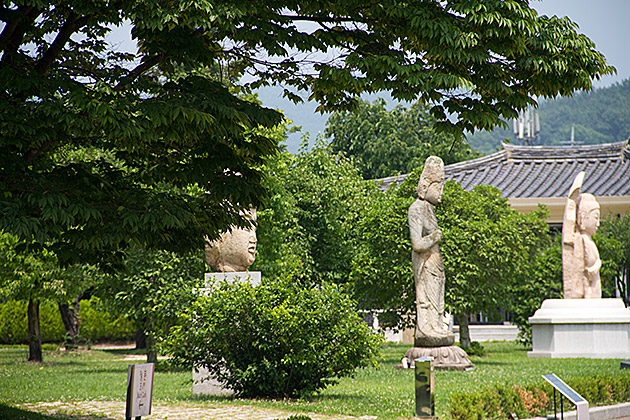
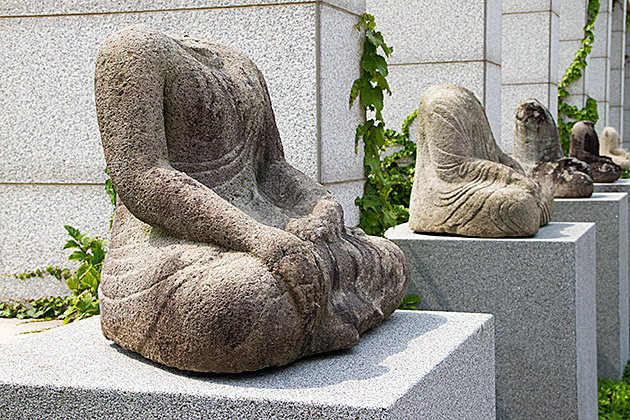
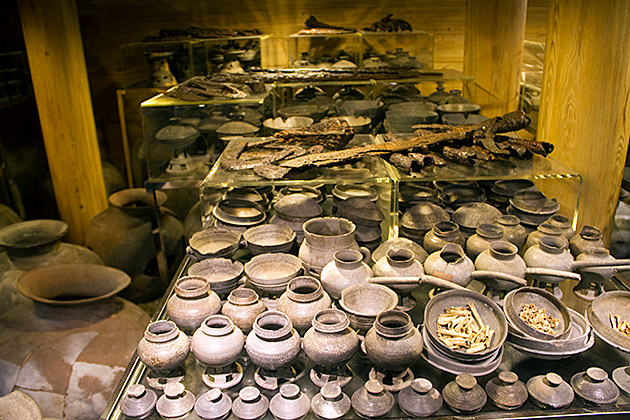
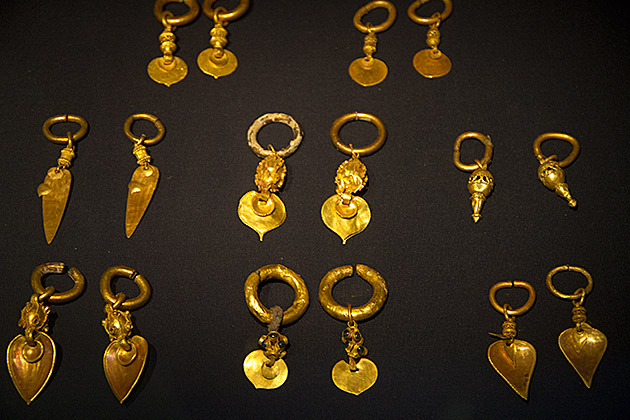



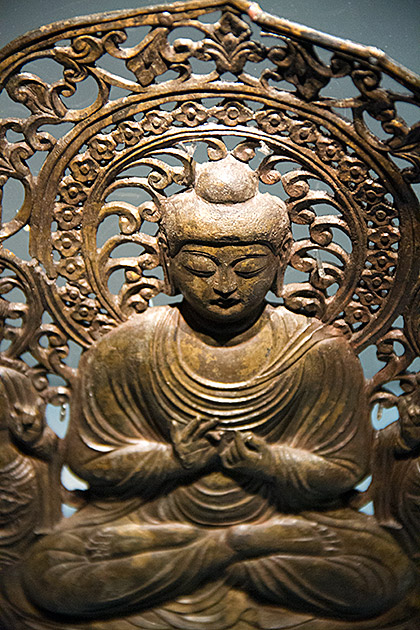
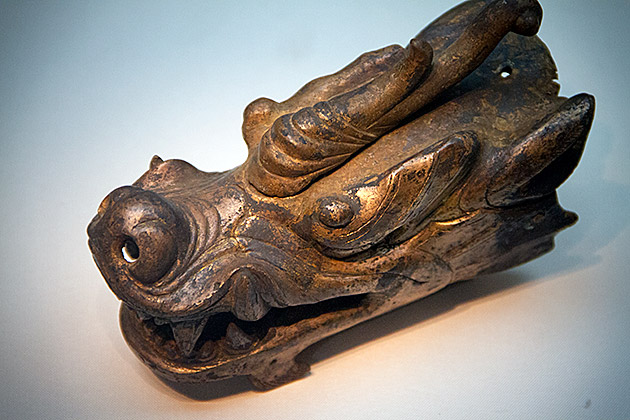
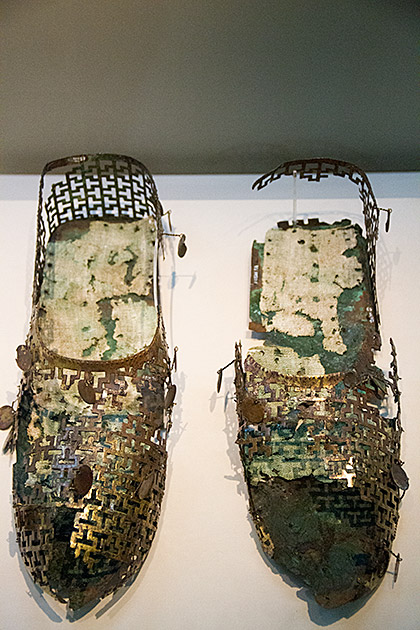
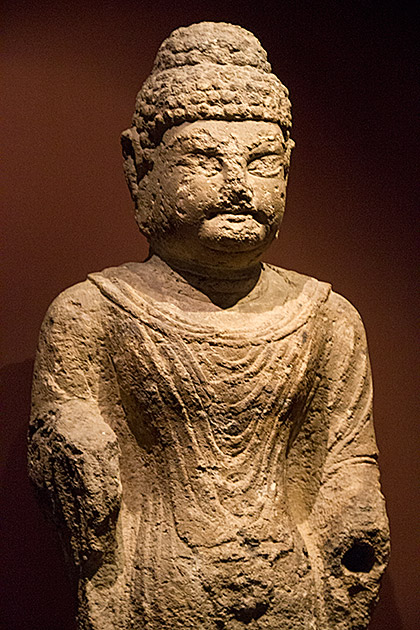
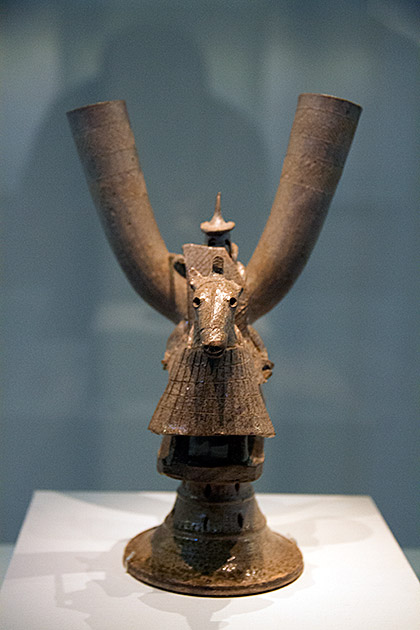
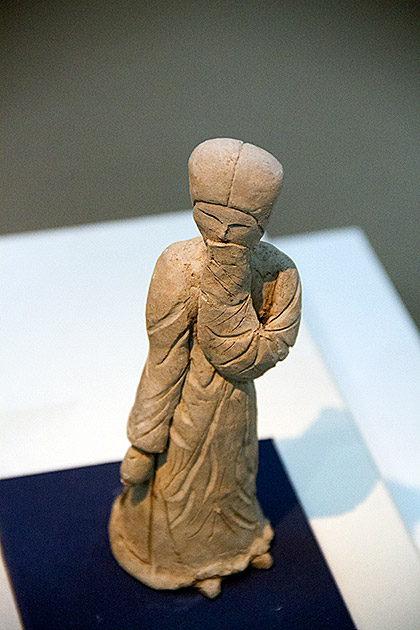
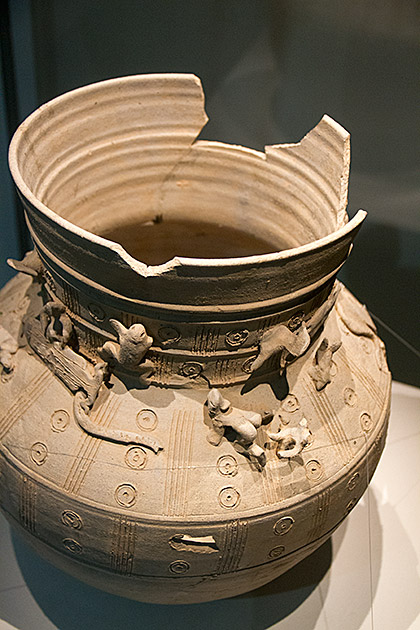
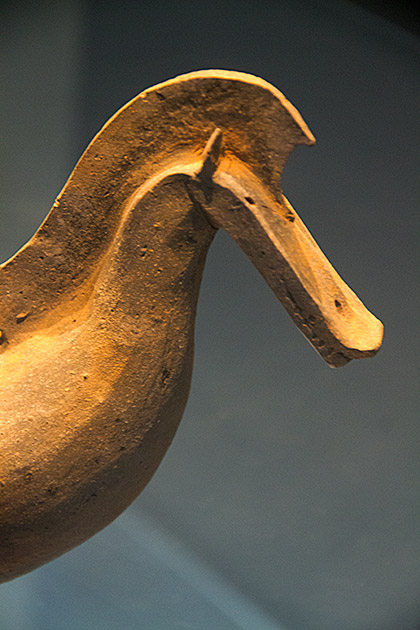
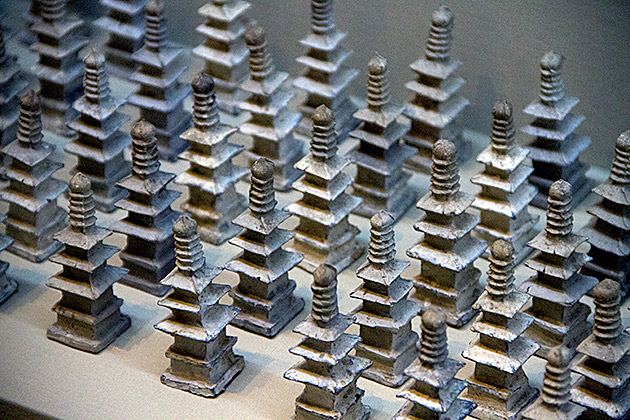
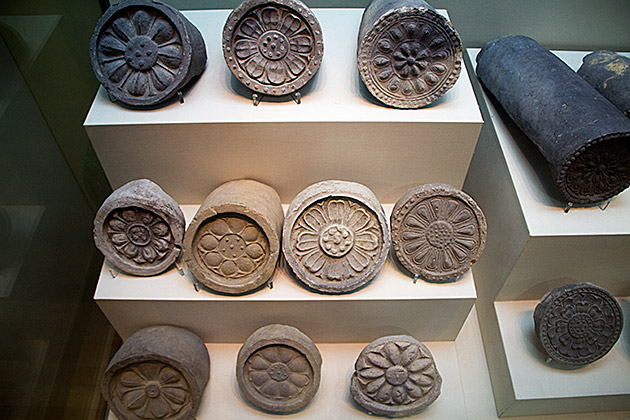
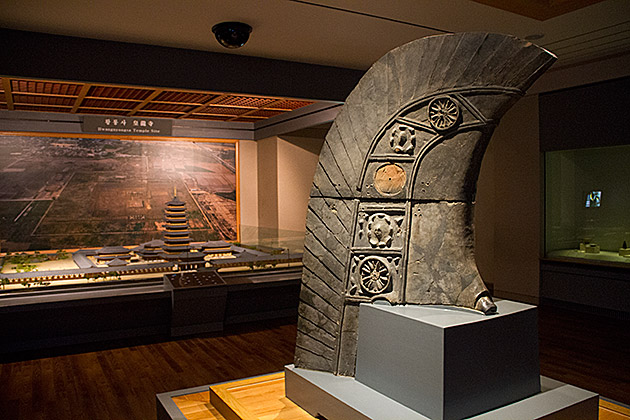
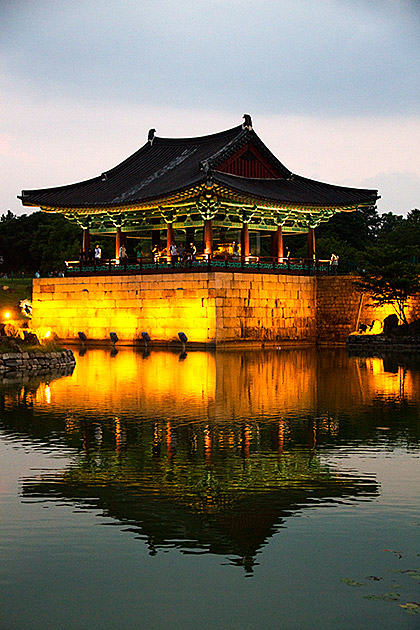
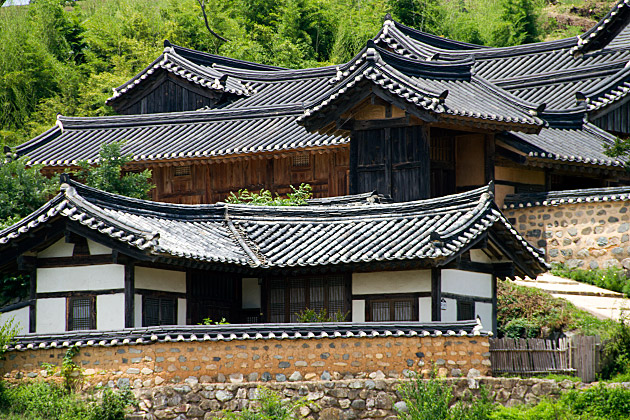
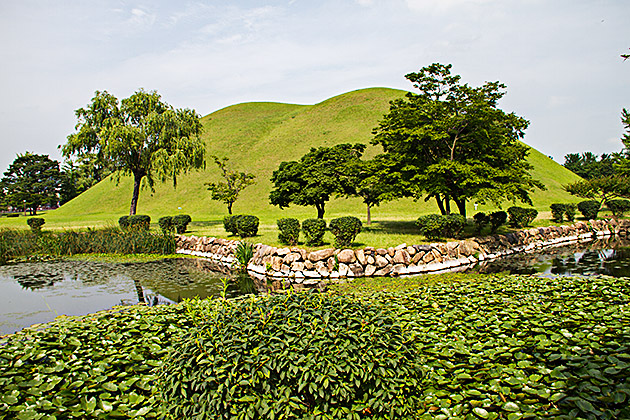

There are two different opinions about the Tomb of King Munmu in the water. The primary is that King Munmu’s ashes are buried under the artificial slab of stone(3.7 meter long and 2.06 meter wide) brought from the land. The second is as you said and says that the slab of stone in the bottom of His Tomb site is a natural stone. It is said that a slab of stone with prophetic writings written by the Great Buddhist Monk Wonhyo(AD617~686) was excavated at the Tomb of King Munmu(AD626~681) in the water during the reign of the president Park Chunghee. It is said that those prophetic writings are related with Korea’s future and its future leaders and that Korean government decided not to release the information to the public. The Great Buddhist Monk Wonhyo was the founder of the authentic Korean Buddhism and he wrote about 100 books, 22 books of which are still remaining. Wonhyo influenced Korean, Japanese and Chinese Buddhist monks greatly. Wonhyo’s influence is great in the Buddhism logic and in a Buddhism science arguing that the principle of the cosmos is existing only in your mind.
Yeah, one of the few facts I’ve learned about life — and a disappointing fact, at that — is that you’re lucky if it resembles anything from Thundercats — even if in name only.The artwork at the Bulguksan Temple is incredible! I really love the photo of the temple guardians, as well the photo of the dragons-head rafters. That place is really beautiful.The exterior of the Gyeongju Museum has a really cool style. A blend of traditional and modern. The outdoor sculpture area looks incredible. And… who can argue with anything gold under spotlights in the dark room of a museum?